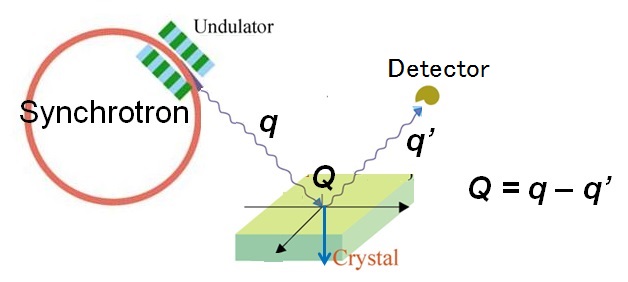The present and future topics are transition-metal compounds such as
♠ charge/orbital/spin-ordered materials
♠ multiferroic materials (which have both magnetism and ferroelectricity),
♠ ferromagnets (where one can control magnetization by laser irradiation),
♠ Li-battery related materials.
Other experimental techniques are
♠ Hard x-ray scattering
♠ X-ray photoemission spectroscopy.
(References)
To study x-ray scattering generally, the following books are useful.
D. Attwood, Soft X-rays and Extreme Ultraviolet Radiation: Principles and Applications (Cambridge University Press, New York, 2000).
J. Als-Nielsen and D. McMorrow, Elements of Modern X-Ray Physics (Wiley, New York, 2001).
You can down load the essence of the first book from the webpage of Prof. David Attwood.
To have an overview of strongly correlated systems, especially transition-metal compounds,
M. Imada, A. Fujimori, and Y. Tokura: Metal-Insulator Transitions, Rev. Mod. Phys. 70 (1998) 1039.
N. Tsuda, K. Nasu, A. Fujimori and K. Siratori: Electronic Conduction in Oxides (Springer-Verlag, Berlin, 2000).
are helpful.
